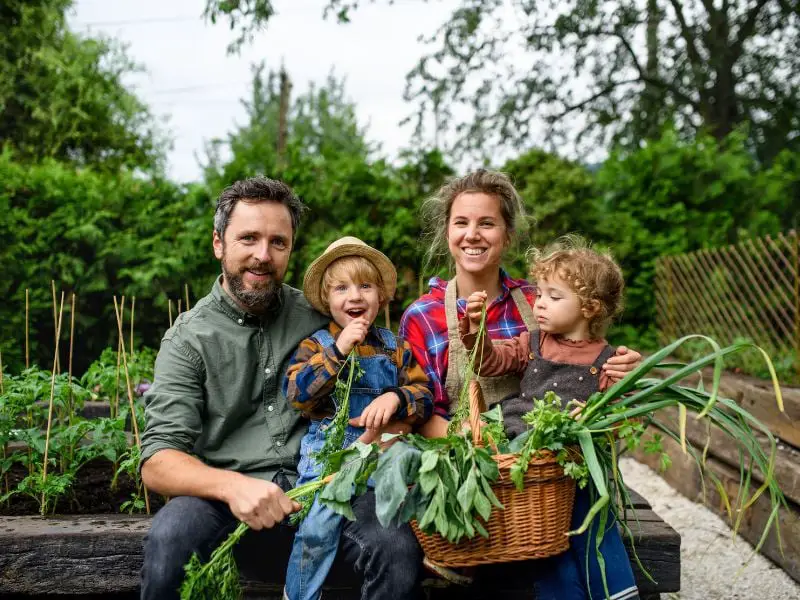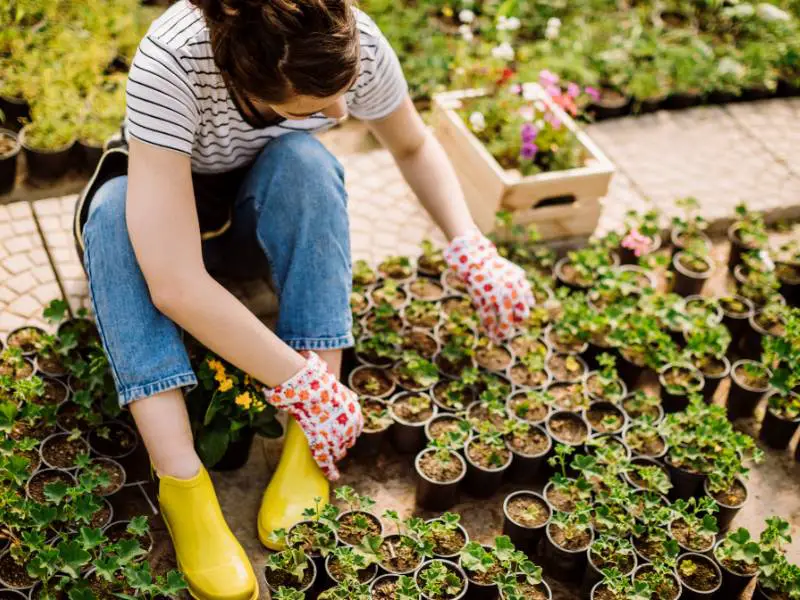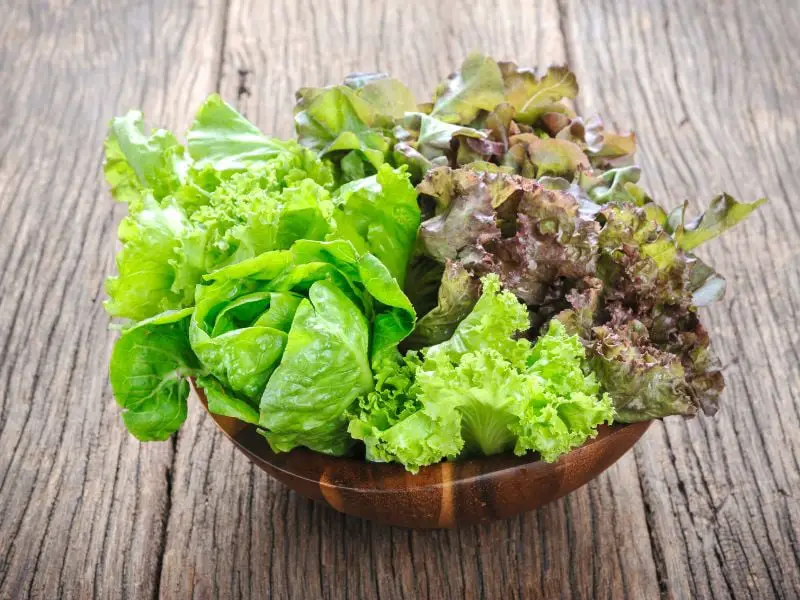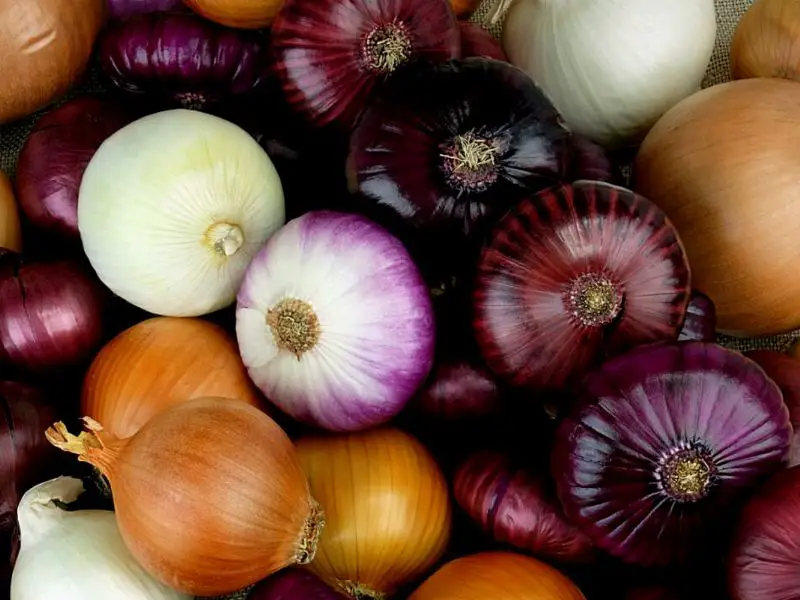With more and more people choosing to go about their food more organically, backyard farming is a natural progression back to an all-natural food supply.
With a bit of up-front work and a commitment to growing your produce, food can be grown right at home at a low cost… no more worrying about the environmental impact of traveling long distances for fresh produce, and no more throwing out fruits and vegetables that have gone bad. You can save money on your food bill every month.
In today’s article, we are going to focus on backyard farming. Let’s go!
What’s Backyard Farming
Backyard farming is growing food in your backyard, usually for personal consumption. It can be done on any scale, from just a few plants in a pot to an entire farm. Backyard farming differs from growing a few tomato plants here and there and wishing to make the best. This method adopts the principle of permaculture, a sort of organic farming in which nature is used to grow herbs, fruits, and vegetables.

Why Backyard Farming Is Right for You
First, growing your food can save you money. Nowadays, the prices for vegetables and fruits are skyrocketing, and with more and more products being imported from around the world, it’s getting more and more difficult to source organic food grown locally. So growing your fruits and vegetables is a money-saving option.
Second, the process allows you to go out more often than spending a lot of time indoors. Sunlight and fresh air provide much-needed vitamin D. A daily half-hour exercise is also a terrific approach to breaking away from the sedentary lifestyle that most of us lead in front of computers.
Third, eating healthy is essential for everyone, but sometimes life gets busy, and we forget to buy the right ingredients for our meals. This is where backyard farming comes in. You can quickly grow fruits, vegetables, meats, and even spices with a backyard farm. Backyard farming is a great way to live a healthier lifestyle, as you know exactly what’s going into your food. If eating healthy is essential to you, then backyard farming could be a great choice.
Finally, backyard farming is an excellent hobby for you and your family to enjoy together. Spending time together outdoors is suitable for everyone! If you have kids, they will love it! Gardening allows kids to get dirty and learn responsibility while having fun. It also helps them stay active while learning the importance of good nutrition and how to grow their food. Besides being a fun pastime, it is well known for its ability to reduce mental fatigue and stress. Getting a “green thumb” means keeping your head and heart in peace.
How Much Space Do You Need?
There is no minimum space limit for a smallholding, but making the most of the space is the essence of success.
According to Georgina Starmer of Let’s Grow Wild, ‘The best thing about smallholding is that you can grow to produce on any sized plot of land.
Divide the allotment area into four sections to allow crop rotation and preserve the soil’s health. Grow vertically to optimize yields and incorporate a compost area to recycle plant and vegetable waste. Try fruit trees as cordons or fans up a sunny wall or fence.

How to Start Your Backyard Farm
It can be hard to find something to get started on, but when you do, it will become very rewarding! If you’re unsure of a starting point, here are a few tips to boost your confidence.
Local Weather And Temperature
When considering backyard gardening, you must first consider the local weather. Know the climate in your area, whether hot, cold, dry, or wet, to better understand the plants that can thrive well. Whatever the category, some plants can be planted in your garden. The best method to analyze is to try by observing growing herbs; if they thrive well, it’s highly likely that vegetables(of the right kind) can grow too.
Resources and Supplies
If you plan on growing vegetables, you will need a plot of land with a sunny area and a water supply nearby. Think of where you can access resources and reserves. Look for stores or nurseries that offer a discounted price. Try to find stores with a better value for fruits, trees, and seeds.
Consider whether you require mulching supplies. You should also see whether your town provides discounts on wood chips, dirt, and mulch. Find creative ways to keep your startup costs low.
Look at the plants that are currently thriving on your backyard farm. If they continue to thrive, they might be an excellent addition to your list of plants.
Set Garden Zones
Once you’ve assessed what grows naturally in your surroundings and what resources you have to cultivate, they’ll need proper zones.
Mark the spots where you can grow a vegetable garden. Measure the space, see how many plants can fit and where you can plant them. This allows you to plant a variety of crops and plants.
Then, the most important thing is to set up a sustainable water source that can water the plant regularly or daily. Without this, it’s impossible to grow the best vegetables.
Map Farming Layout
Map the farming layout. This will help you visualize your backyard and give you more ideas before it becomes a reality. There are also Android apps where you can create your garden. Make sure to prioritize trees and perennials, as they are the permanent elements of your small farm. They also take a long time to grow. So, best to keep them closer to the ground and give some space around them.
Best Vegetables To Grow in Any Skill
1. Lettuce
Lettuce is one of the earliest cool-weather crops, so you can start it indoors early in the spring and transplant outside when the weather is warm enough. Plants will grow slowly as the weather warms and then take off once the heat kicks in.

2. Tomatoes
With heirloom varieties coming in every color imaginable and beefsteak tomatoes for cooking purposes, there is a wide variety to choose from. They require full sun for most of the day to ripen appropriately and produce juicy fruit, so you will want to plan accordingly when planting them in your garden.
3. Onions and Leaks
Onions can be grown from seed or by sets. If you sow onions from seed directly in the garden, they will begin to produce bulbs in the fall and continue to produce into the spring. If your summers are too hot and dry for your onions to thrive well, you can harvest them when they turn yellow and store them in a cool place until you’re ready to use them.

4. Beans
Beans are one of the most versatile vegetables out there. You can add them to any dish; besides being super healthy, they taste delicious. Moreover, they are straightforward to grow and don’t need much care to flourish. Beans can be grown indoors or outdoors and, once harvested, will keep for a long time if you keep them in a cool place.
5. Potatoes
Potatoes are a staple food in many homes and are also easy to grow. Potatoes are a great staple food because they are cheap and packed with nutrients. A potato is inexpensive to produce and needs very little attention when growing. It’s perfect for beginners who want to grow something easy.
Final Thoughts
Growing your food can be rewarding, especially if you live in an urban area or have limited room for a garden. However, backyard farming is more than a hobby or a way to save money on groceries. Backyard farming is a step towards independence and environmentally sustainable food production.
Backyard farming is not only beneficial for the environment. It is helpful for your health as well. Producing your own food allows you to know precisely what you are eating. With backyard farming, you know exactly what you are consuming and can make healthier food choices for yourself. You can grow your food, and it’s a way to be close to nature. You can even start with herbs and a tomato plant in a city.
Related: Designing a Permaculture Garden, 10 Most Endangered Plants in the World, Start an Indoor Vegetable Garden, Vertical Forest


1 thought on “Backyard Farming: A Step Towards Food Independence and Sustainability”